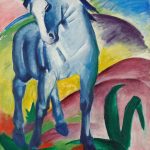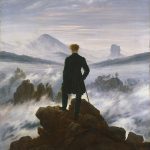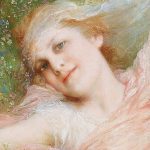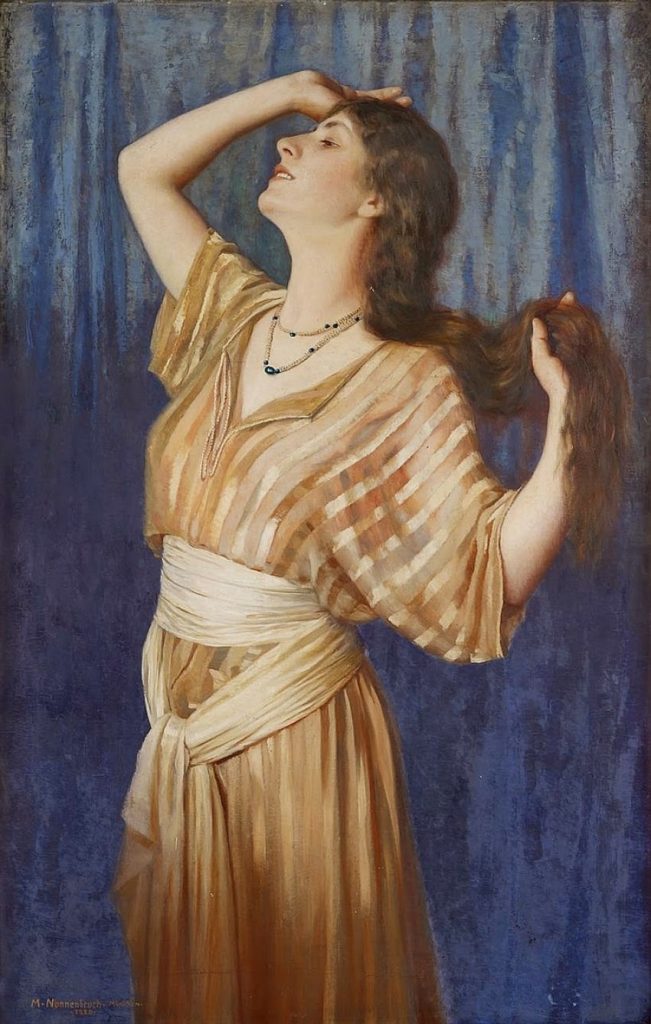
Max Nonnenbruch (1857–1922) was a German painter associated with the Munich School, a group of artists who were active in the late 19th and early 20th centuries and were influenced by the naturalist and realist movements. Nonnenbruch was particularly known for his genre paintings and landscapes.
Born on July 13, 1857, in Aachen, Germany, Nonnenbruch studied at the Düsseldorf Academy of Fine Arts, where he developed his artistic skills. He later moved to Munich, where he became part of the city’s vibrant artistic community. The Munich School, with its emphasis on naturalism and plein air painting, had a significant impact on Nonnenbruch’s style.
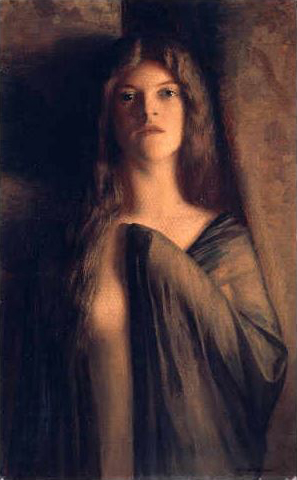
Nonnenbruch gained recognition for his genre scenes, which often depicted everyday life in rural settings. His works often featured peasants, farmers, and village scenes, capturing the charm of rural existence. Nonnenbruch’s paintings were characterized by their attention to detail, warm color palette, and a sense of nostalgia for a simpler way of life.
While genre scenes were his forte, Nonnenbruch also painted landscapes, portraits, and historical subjects. He exhibited regularly at the Munich Secession, an association of artists who sought to break away from the traditional constraints of academic art.
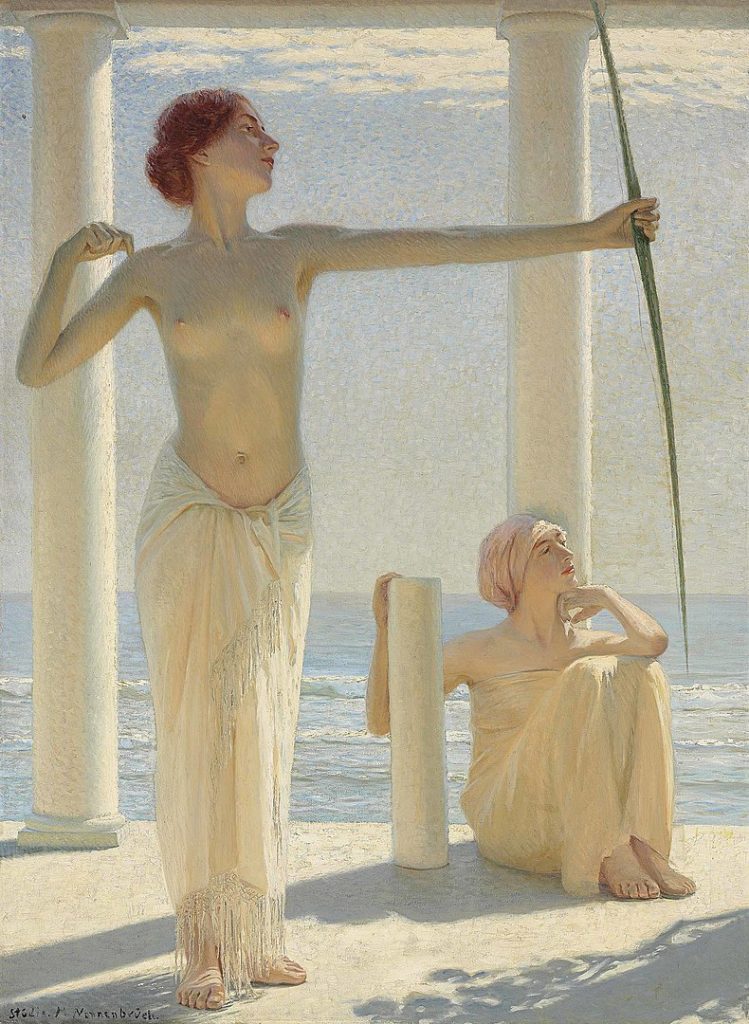
Nonnenbruch’s career spanned a period of significant artistic change, witnessing the transition from academic traditions to more modern styles. Although he did not fully embrace the avant-garde movements of his time, his work reflected a sensitivity to the changing artistic currents.
Max Nonnenbruch passed away on February 4, 1922, in Munich, leaving behind a body of work that provides insight into the cultural and artistic climate of late 19th and early 20th-century Germany. His paintings are part of various museum collections, and his contributions to the Munich School continue to be appreciated in the context of German art history.


